Ever thought you could create perfume that could take you to the most secret parts of your soul? Well, it’s happening! Creating your own favourite fragrance is not complicated at all once you have the materials and a little bit of creativity. This tutorial shows how to make your own perfume and understand the process in the intriguing world of DIY perfumery. Smelling great is easy as ABC; get inspired, use floral petals and load your empty perfume bottles! Follow us through this fragranced journey to learn how you can make your individual scent.
Perfume Recipe- Floral Petals Based
Have you ever imagined capturing the irresistible essence of a blossoming garden inside a container? Well the Delicate Petal Infusion recipe helps you do just that! This charming DIY project uses nature's fragrant wonders- floral petals- to give birth to self-made designer perfume that’s unique and tender to help create perfume.
But why flowers right? They are nature’s perfumery that abound with various aromatic compounds. Flowers have different aromas concealed within them ranging from roses which emanate classic elegance to lavenders which evoke serenity. It is only because usually these fragrant treasures are gently coaxed out of their homes – the petals using simple water-based extraction methods resulting in refreshing, light perfume that captivates nature’s opulence.
Therefore, turn on this olfactory adventure and find out what makes up perfume making based on Delicate Petal Infusion!

Delicate Petal Infusion
What if you could bottle up summer in just one fragrance? Then try making this Delicate Petal Infusion recipe that converts fragrant flowers into personalised colognes for those who want natural, mild scents.
Tools needed
- 1 medium-sized bowl with lid
- 1 small saucepan
- 1 pack cheesecloth
Ingredients
- 1 1/2 cups chopped flowers
- 2 cups distilled water
- 1 washed and sterilised vanilla extract bottle (or any small coloured bottle with an airtight stopper)
Steps
Wash flowers- Wash flower petals thoroughly. Rinse off any dirt or grime from the petals by using clean water.
Soak flowers overnight- Cover the bowl edges with cheesecloth overlapping it. Place flowers in a cheesecloth lined bowl and add water over the flowers. Put the lid on top of the bowl and allow the flowers to soak overnight.
Heat the flower-scented water- The next day, take off the lid from the bowl, gently gathering together all four corners of the cheesecloth as you lift the flower pouch out of water. The flower-scented water should be squeezed from this pouch into a small saucepan. Simmer until about a teaspoon is left.
Bottle the perfume- Finally, pour your cold water into the bottle and cap it. If stored in a cool dark place, it will last for around one month.

Breakdown of Ingredients
- 1 ½ cups chopped flowers (best options): It is vital to select carefully what types of blooms to use as this recipe’s success depends solely on that factor:
- Rose: Classic and romantic, offering a sweet and floral aroma.
- Lavender: Calming and slightly herbal, with a clean and relaxing scent.
- Chamomile: Gentle and soothing, with a delicate floral and slightly sweet aroma.
- Jasmine: Intensely floral with a touch of indolic sweetness, offering a luxurious and sophisticated scent. (Note: Jasmine is a stronger flower, so consider using less – ½ cup to 1 cup)
- Orange Blossoms: Sweet and citrusy with a delicate floral touch, offering a refreshing and uplifting scent.
- 2 cups distilled water: This is a solvent for extracting fragrance and water-soluble components from flower petals. The use of distilled water ensures that there will be minimum disturbance by minerals or impurities present in tap water.
- 1 washed and sterilised vanilla extract bottle (or any small coloured bottle with an airtight stopper): This provides a convenient container to store your sweet floral scent.
Why These Ingredients?
- Flowers: The essence of the flowers is the core of the perfume and it provides a natural fragrance. There are various options for you to select from regarding scents, which will allow you to choose by your own preference.
- Distilled Water: This neutral solvent has no smell thus efficiently removing fragrances from flowers without addition of unwanted odours.
- Airtight Container: It should be noted that this is vital in order to stop evaporation of the perfume as well as minimise pollutants.
Experimentation Considerations
- Flower Selection: Look at other types of flowers besides those suggested. Experiment with single-flower infusions or create unique blends by combining multiple floral varieties. Consider the factors when selecting flowers including expected scent profile- sweet, herbal or citrusy and also strength per flower.
- Concentration: You can start with one and half cups of flowers then adjust according to how strong these blooms can be. A stronger type like jasmine may need less measuring; however if it appears weak one can put more or simmer for slightly a longer time (remember not to burn up the fragrance).
- Heat Control: The volatile compounds giving off the flowery aroma are still fragile so keep them safe through low simmering only. Remember boiling will destroy your fragrance molecules!
- Preservatives (Optional): Even though the shelf life is estimated at one month, incorporating some grapefruit seed extract serves as a natural preservative that might extend this period further. Look into naturally obtained preservatives before utilising any cosmetic products.
- Carrier Oil Option (for a longer-lasting perfume): Partially substitute distilled water with jojoba oil as a carrier oil, in making this another option could help make a traditional perfume oil that lasts longer compared to water infusion.The extraction process here may have slight differences in contrast with its alternative.Explore methods of infusing carrier oils together with petals.
You can customise the Delicate Petal Infusion perfume making recipe using these methods, thus creating your own unique floral fragrance!

Consider Potential Risks
As natural and attractive as this recipe sounds, there are some risks associated with it:
Skin Irritation
- Floral Allergies: There are individuals who have allergies to a number of flowers. It is necessary for you to identify the flowers you are going to use in order for you not to use any flowers that cause allergic reactions.
- Undiluted Floral Extracts: This can be concentrated floral waters directly obtained from petals. Without dilution, it may actually lead to irritation on sensitive skin.
Preservation and Shelf Life
- Bacterial Growth: Distilled water does not have similar disinfectant levels like the ones available in commercial perfumes. Bacterial contamination chances increase when the flower was not well sterilised or container sanitised prior bottling due to the short life span of the perfume (approximately one month). To decrease the risk:
- Sterilise all equipment: Before using bowl, saucepan, cheesecloth and bottle ensure they are cleaned and sanitised properly using boiling water.
- Consider natural preservatives: Grapefruit seed extract is an example of natural preservative whose few drops can extend shelf life but its efficacy needs further verification (safe usage for cosmetics).
Safety During Heating
- Fire Hazard: Be cautious while simmering floral water so that it does not scorch or burn; do not leave simmering liquids unattended!
General Considerations
- Patch Test: Before applying it liberally test perfume by trying a little of it on your inner arm first. Put a small amount and wait for 24 hours to observe whether there will be redness or itchiness.Take measures against discomfort if any arises.
- Discontinue Use if Irritated: In everything including discontinue use, if you experience any kind of irritation. Just like with other parts of your body, a patch test will show no reaction at first but stop.
- For External Use Only: This perfume is for external use only. Avoid contact with the eyes or mucous membranes.
When trying to create perfume, you can enjoy your Delicate Petal Infusion recipe as long as you understand these risks and take appropriate precautions!

General Tips and Storage Efficiency
Here are some general tricks to optimise your Delicate Petal Infusion recipe and make it last a long time:
Maximising Fragrance Extraction
- Freshness Matters: The fragrance will be strongest in flowers that have just been picked. The aroma may diminish if old flowers were used.
- Gently Does It: Do not handle petals heavily as this can destroy the delicate fragrance compounds.
- Cold Infusion (Optional): Take into account that simmering is the usual method, however, cold soaking for a protracted extraction period such as several days in the refrigerator might retain even more volatile scent molecules. This technique may take longer to reach the desired concentration.
Storage Efficiency
- Cool, Dark Place: Store your Delicate Petal Infusion away from direct sunlight and heat, in a cool dark place to keep the fragrance from spoiling.
- Airtight Container: Before using any container ensure that it doesn’t allow air inside so that scents do not evaporate or get contaminated. A small roller-ball bottle might be a good consumable option of a vessel applicable for storage purposes.
- Smaller Batches: Instead of making large quantities of perfume every time but having to throw some away because they went bad before getting exhausted, you should think about making them in smaller portions. This way there will always be fresh ones since their shelf life is short- hence there’s only a need to prepare enough for immediate consumption rather than having much left over after becoming stale.
- Refrigeration (Optional): If you have added any natural preservative e.g., grapefruit seed extract (research safe usage for cosmetics), keeping the perfume in the refrigerator could increase its shelf life. But it should be brought to room temperature before spraying, lightly stinging your nose with an intoxicating smell.
Additional Tips
- Label Your Perfume: Put a date that the perfume was made and the kind of flowers used on its container so as to show its expiry date.
- Layering Scents (Optional): Once you are comfortable with this recipe, try layering Delicate Petal Infusion with other organic perfumes or essential oils for a more complex fragrance.


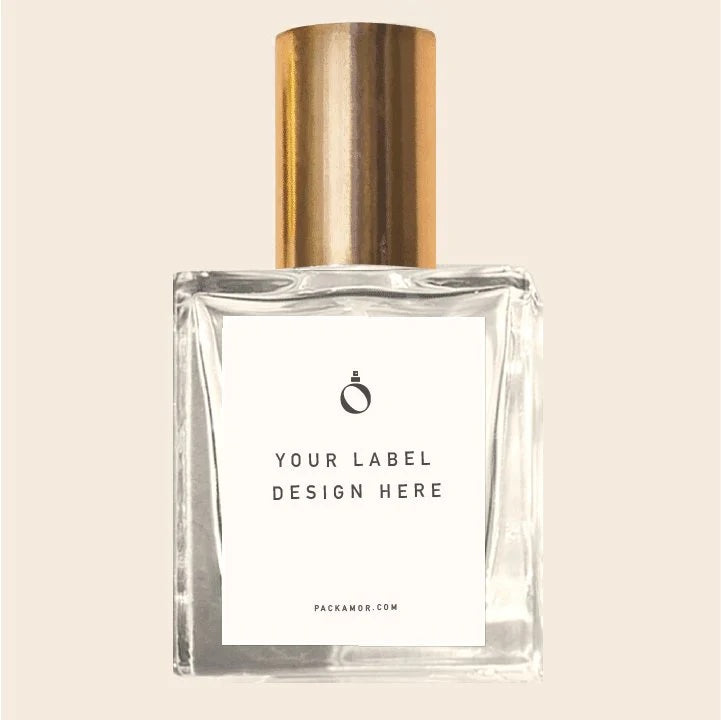
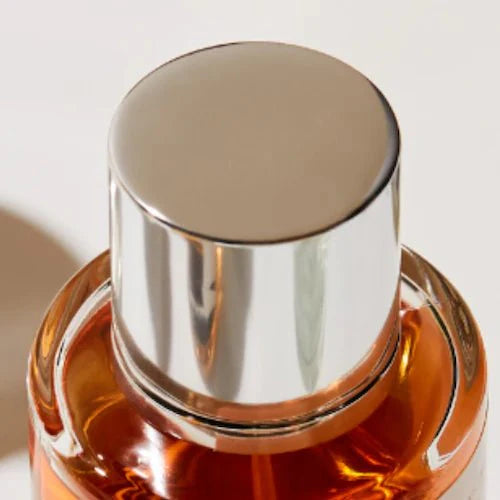
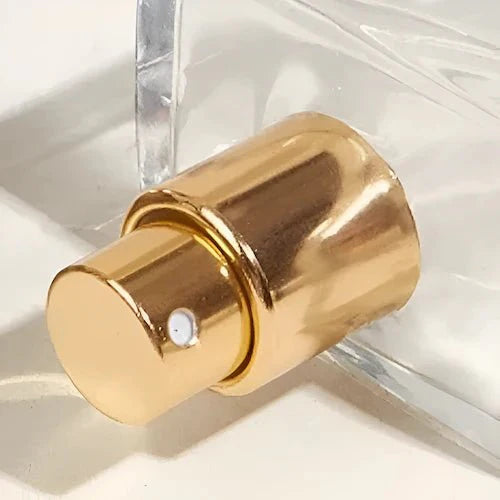
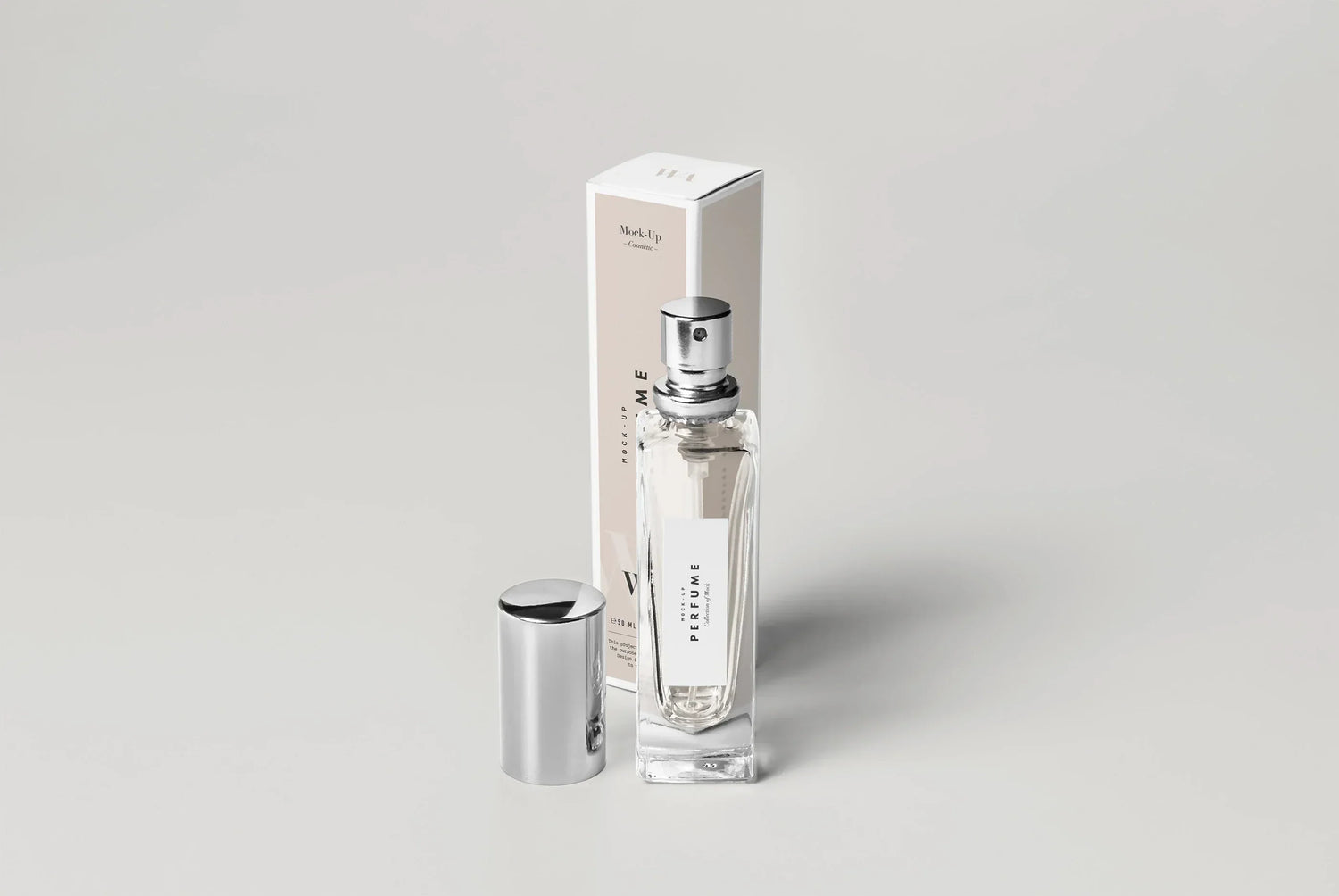
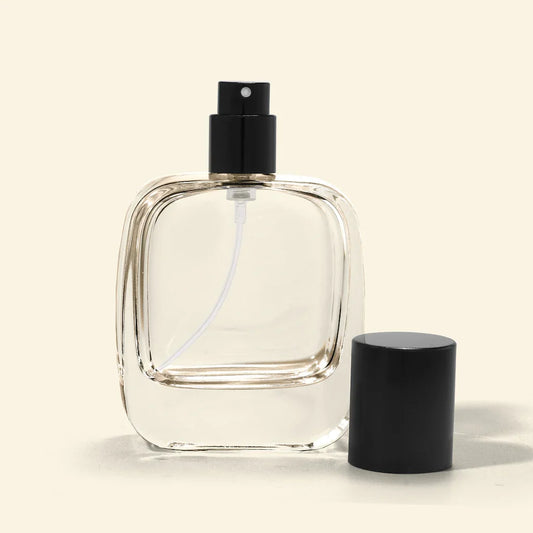
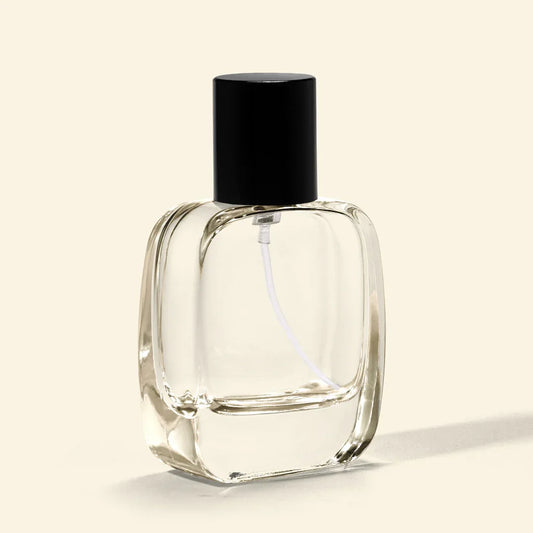
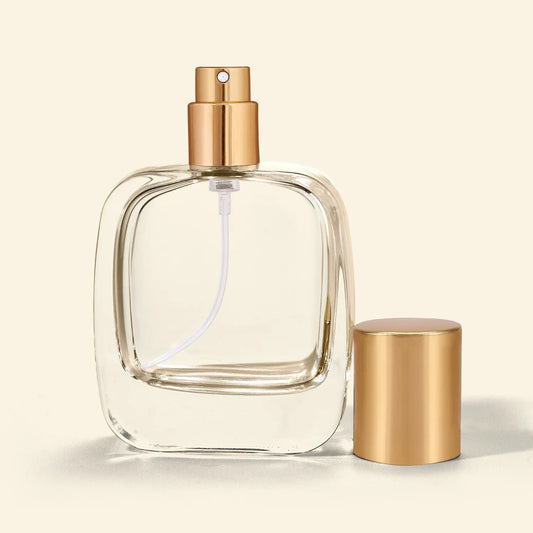
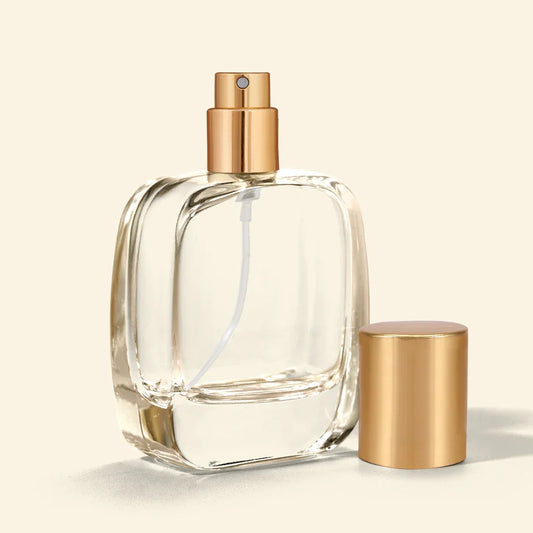
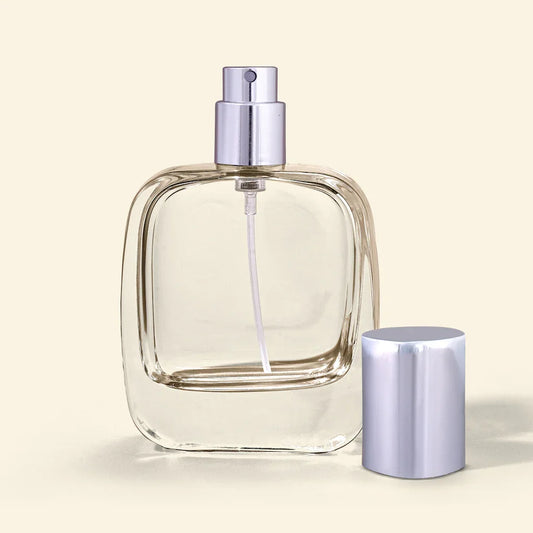
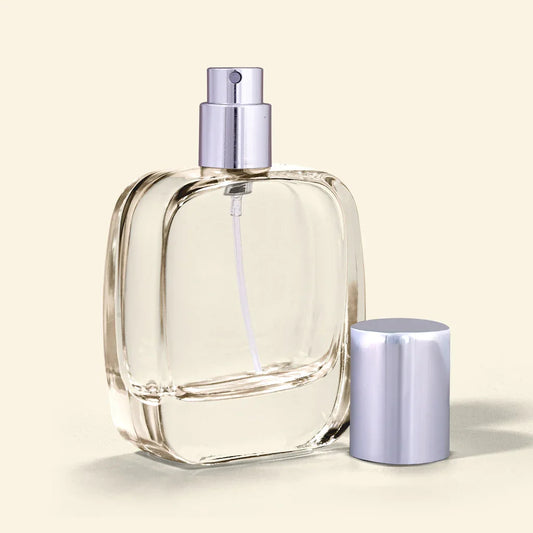
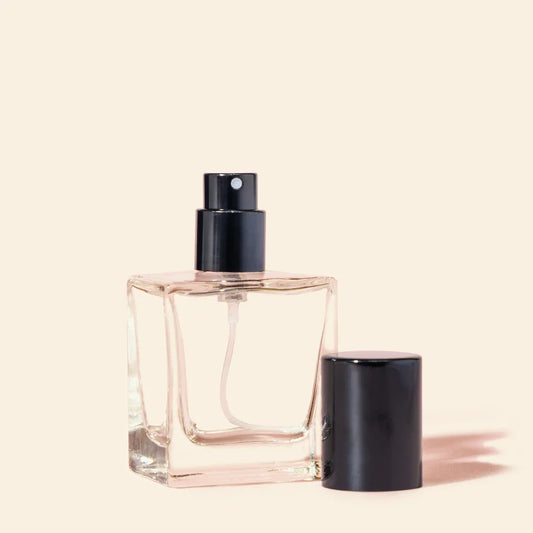
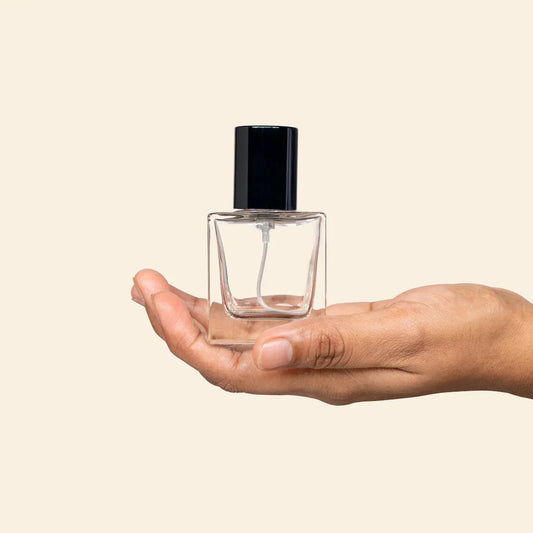
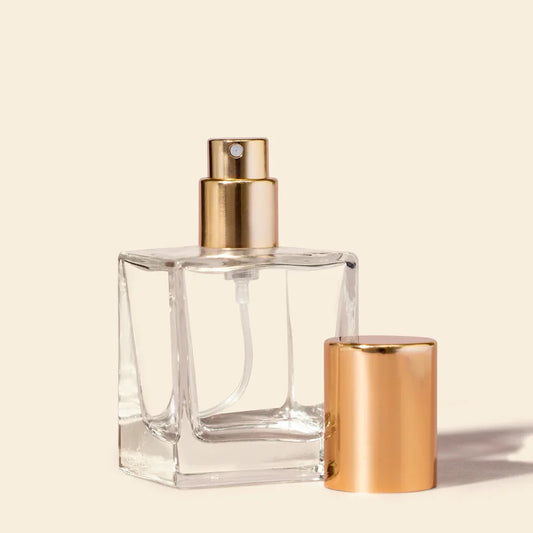
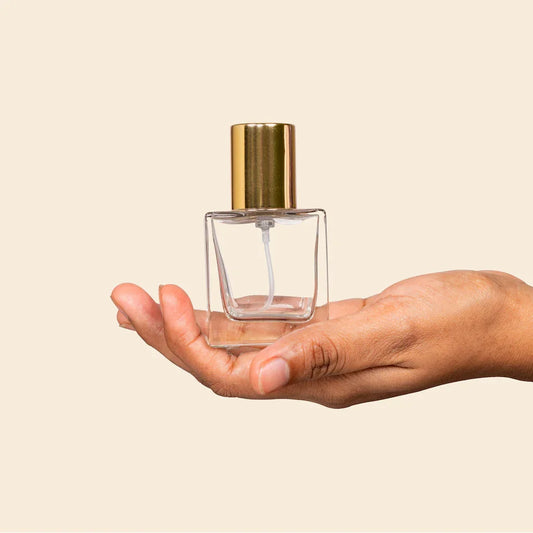
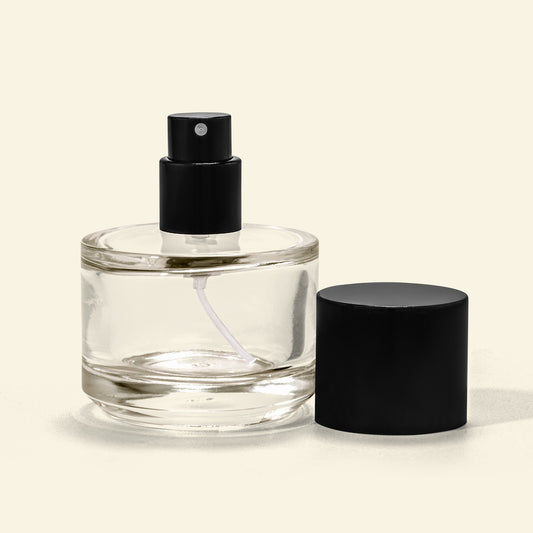
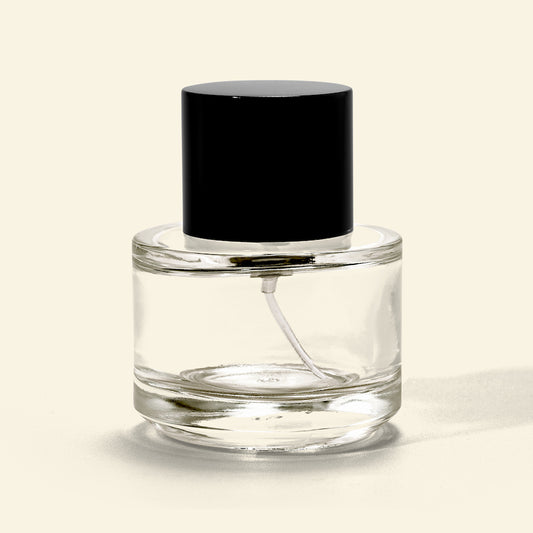
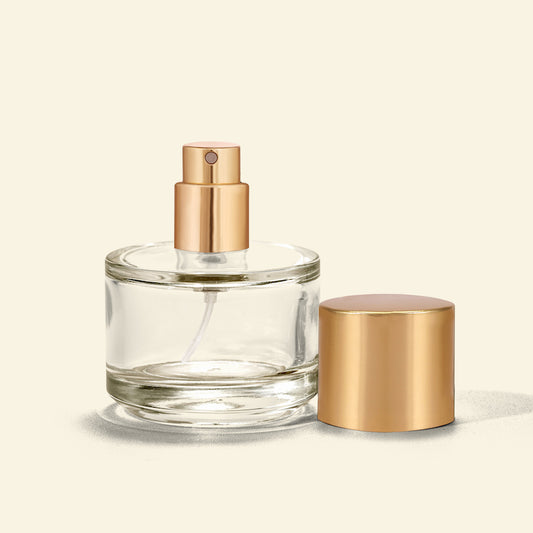
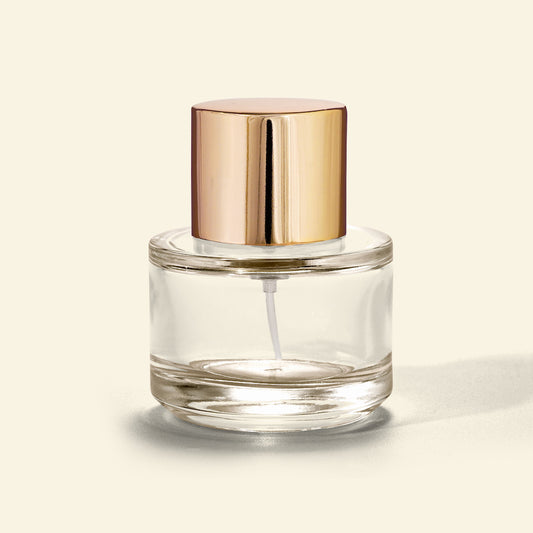
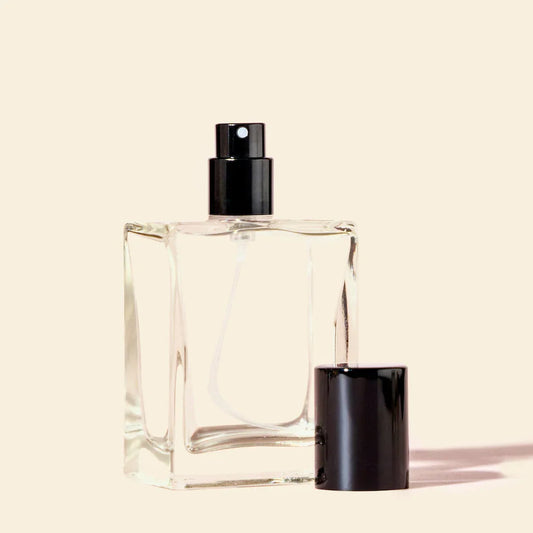
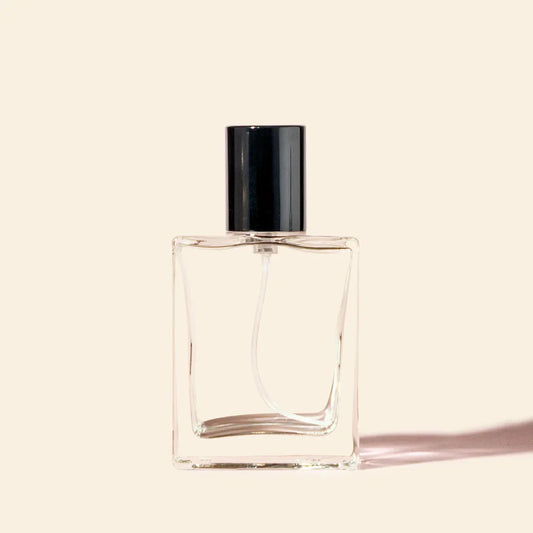
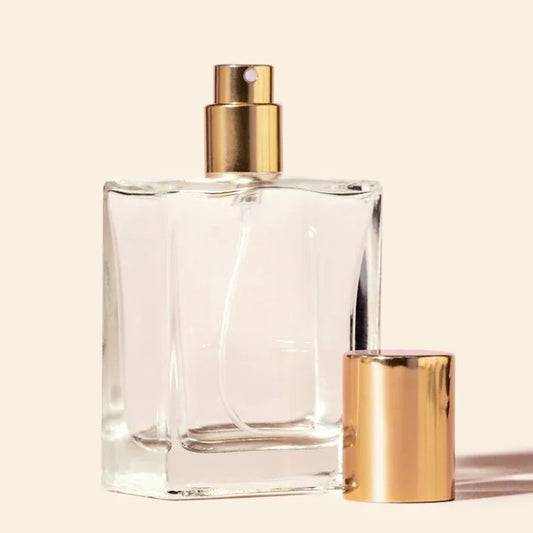
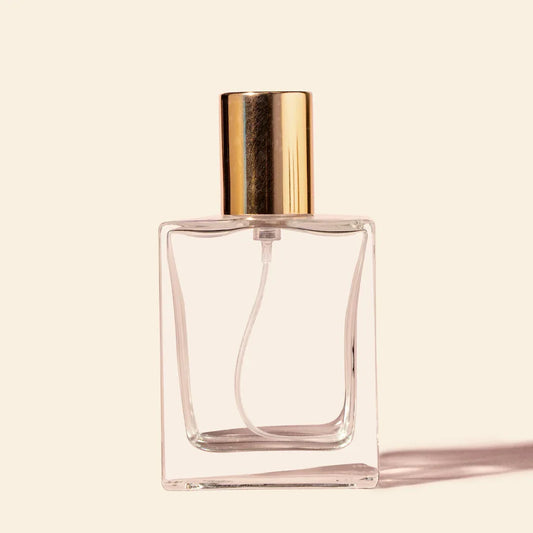
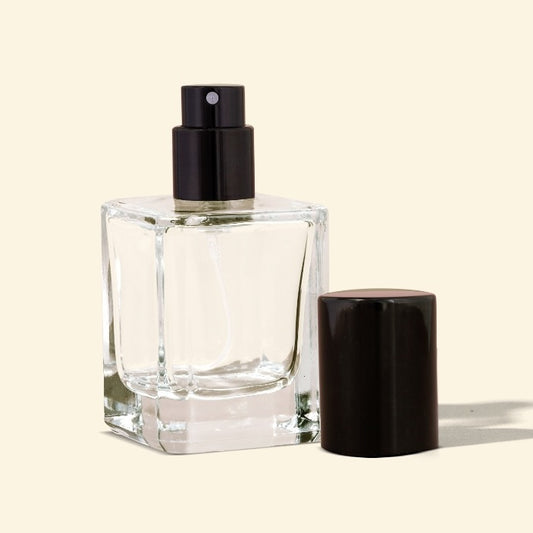
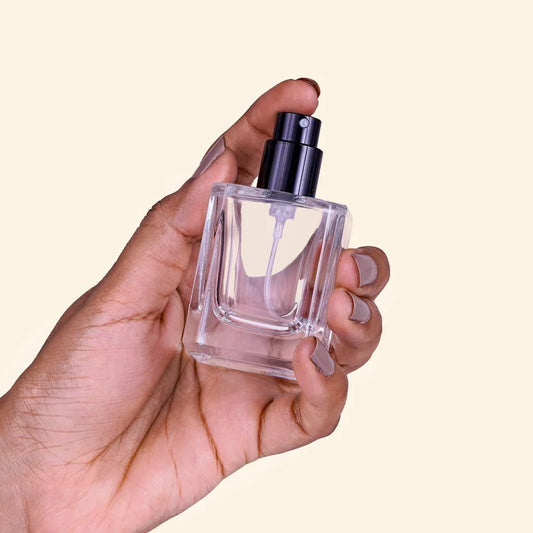
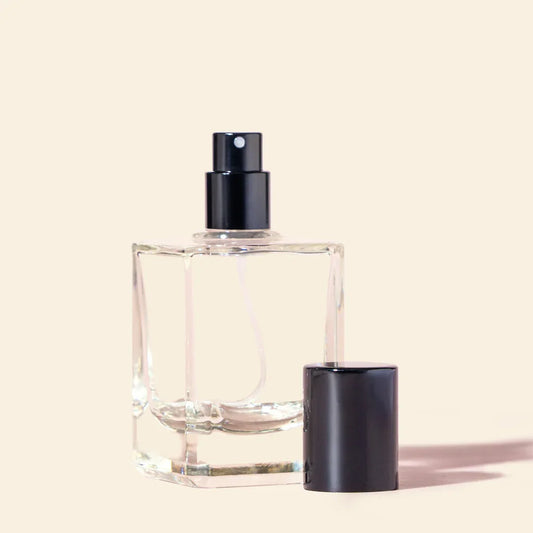
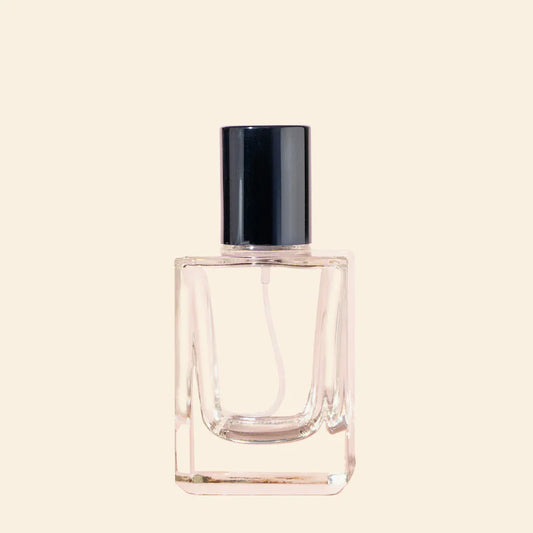
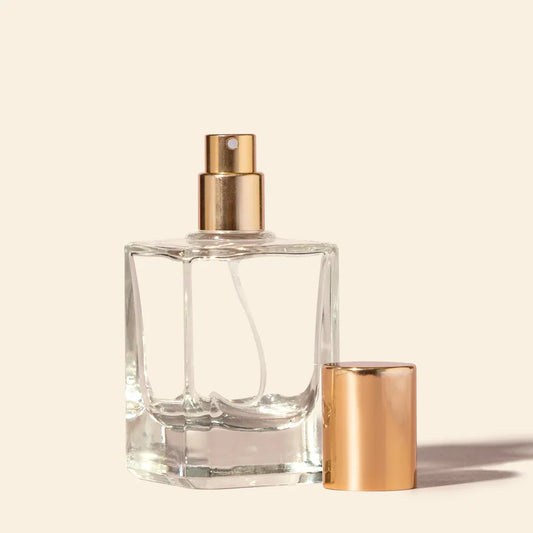
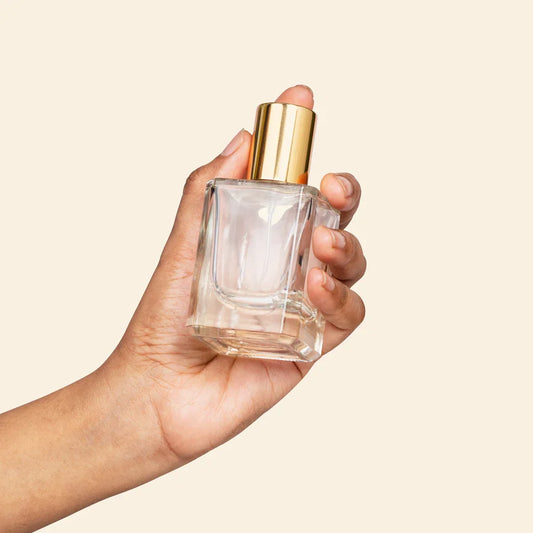
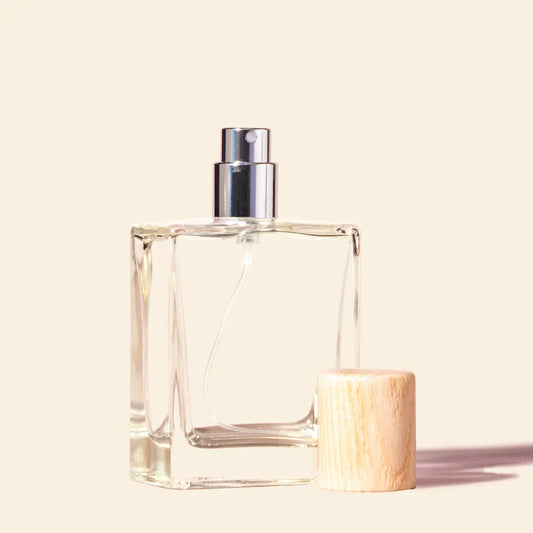
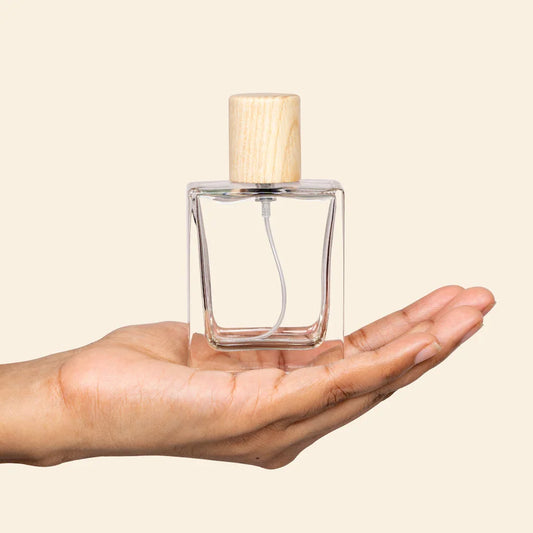
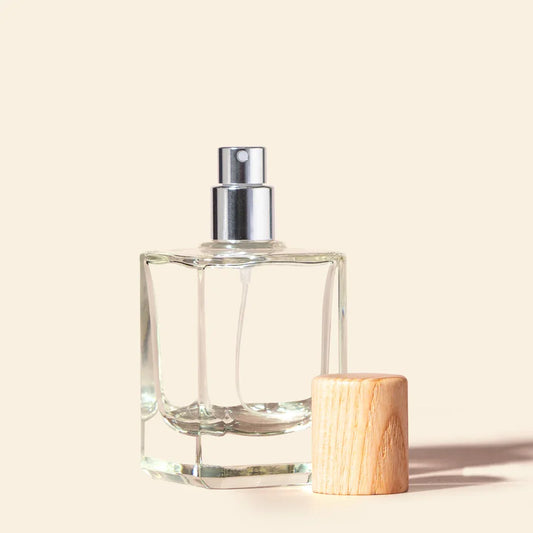
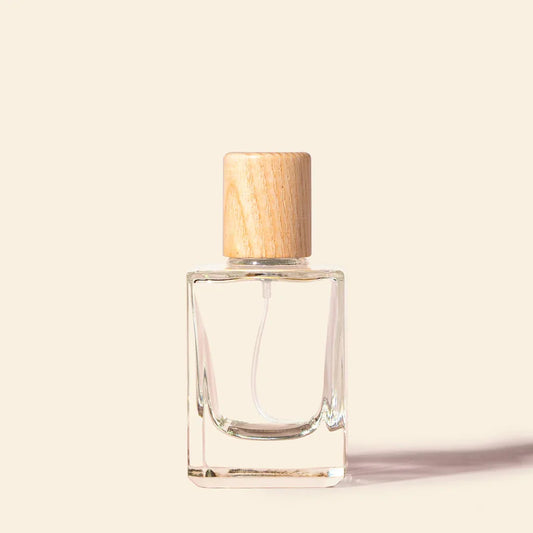
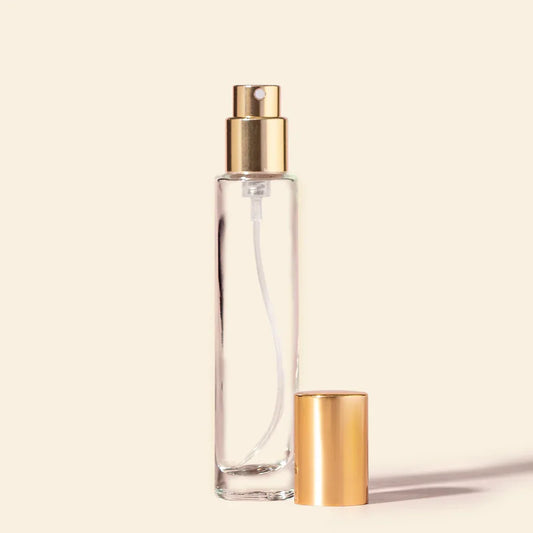
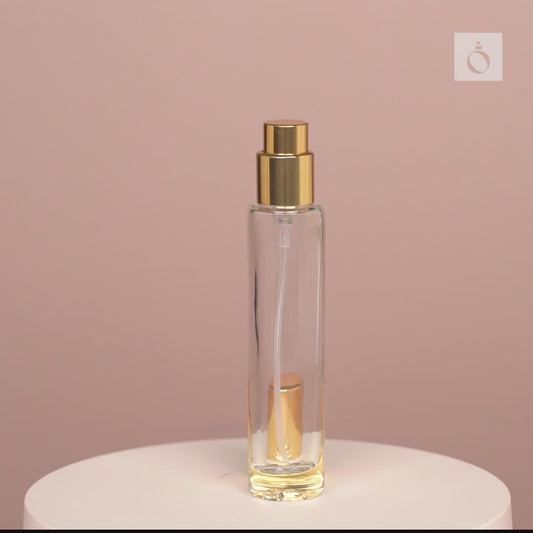
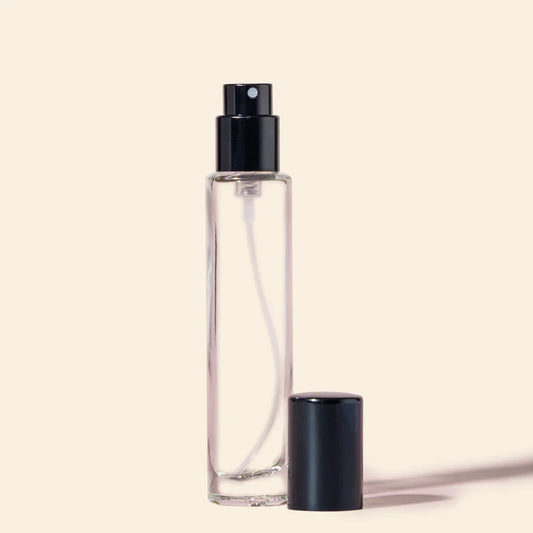
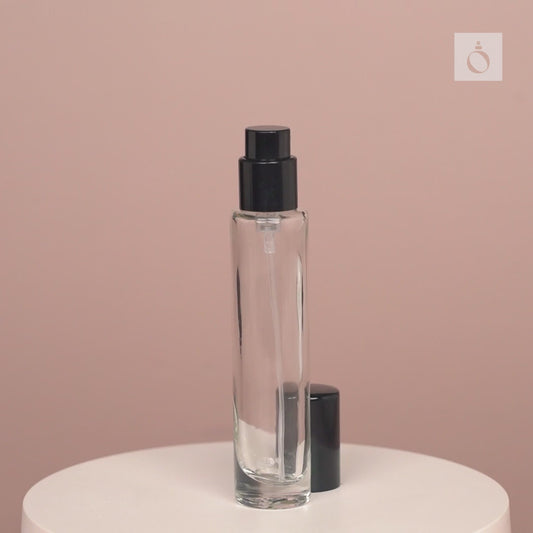
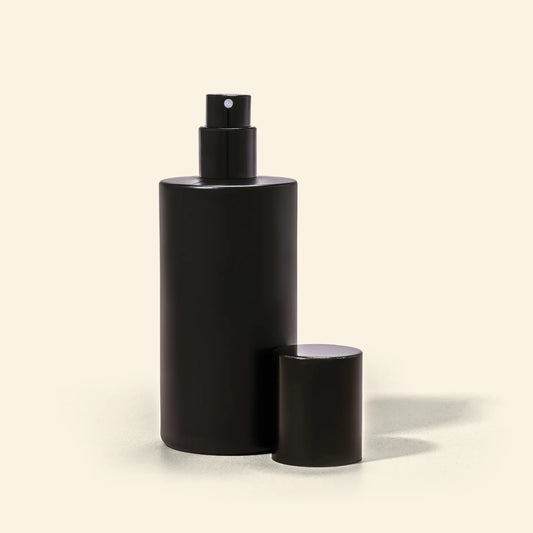
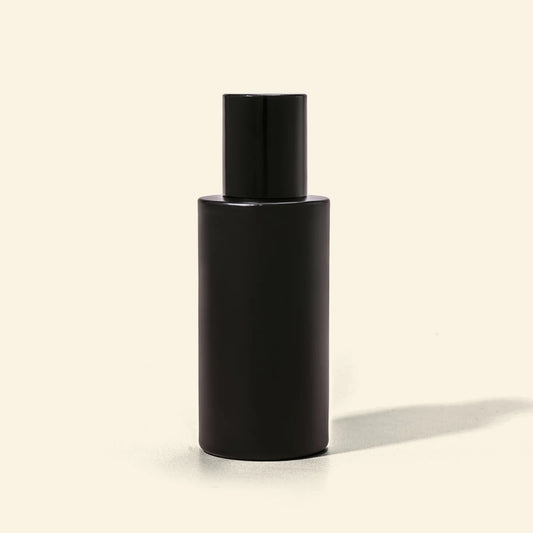
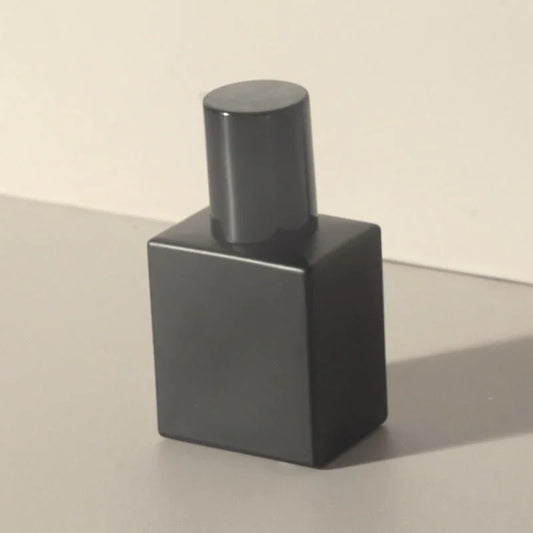
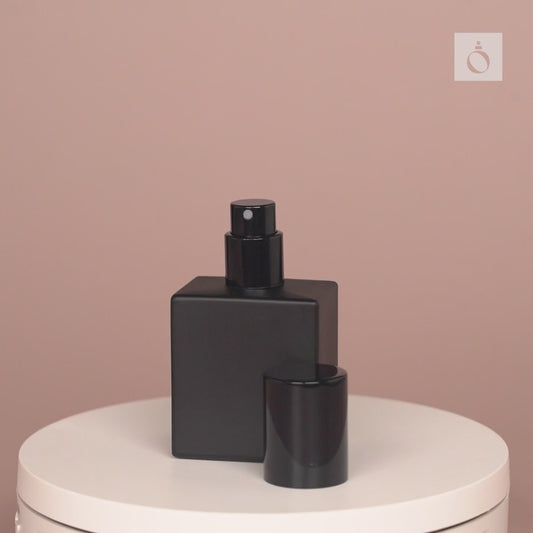
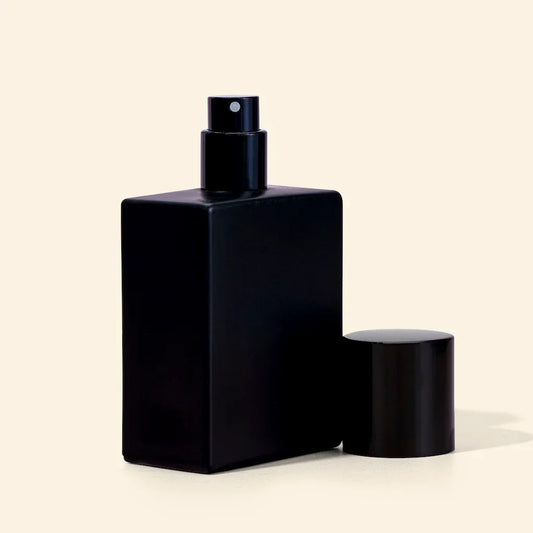
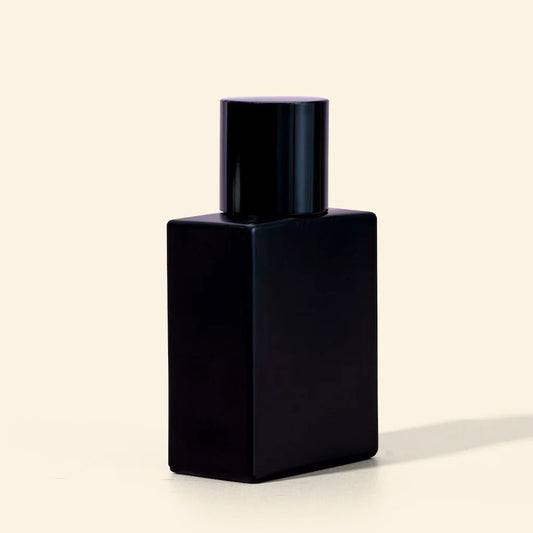
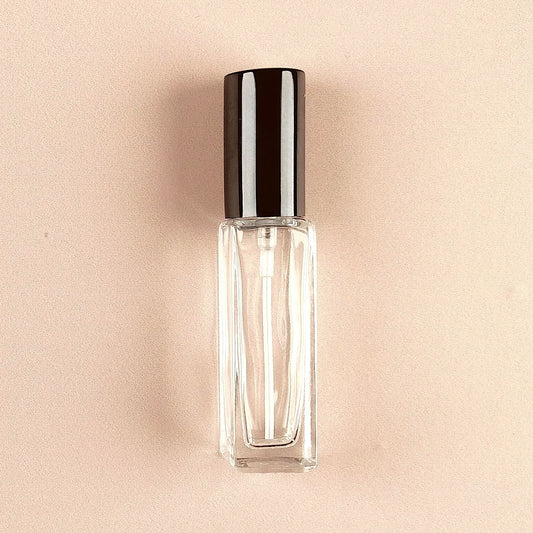
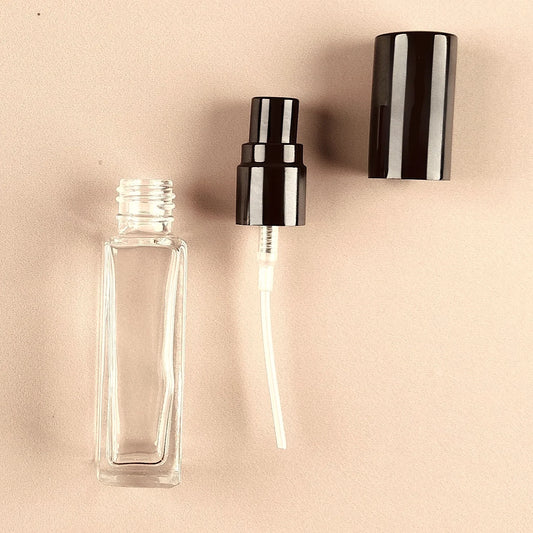
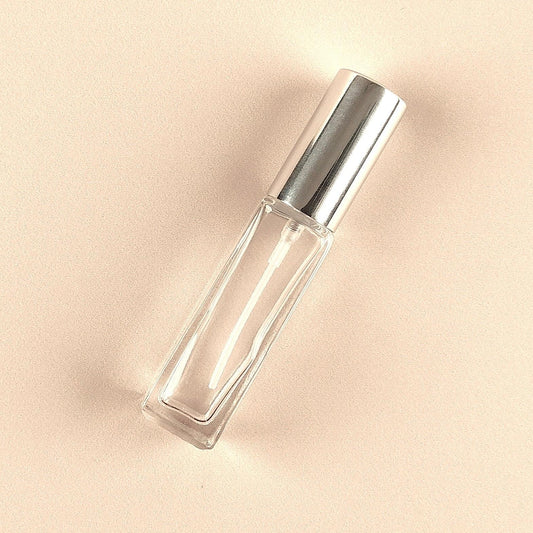
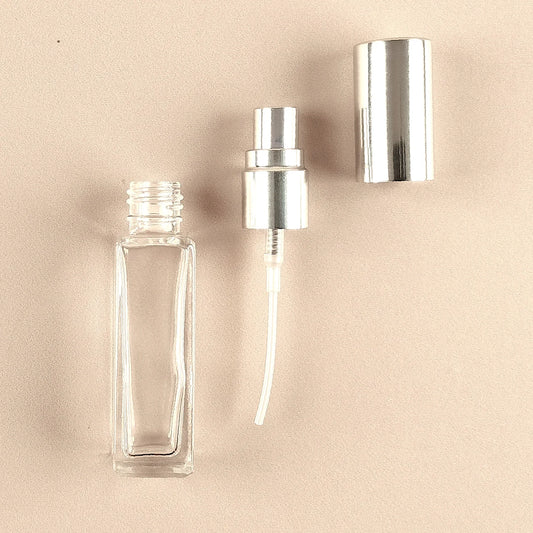
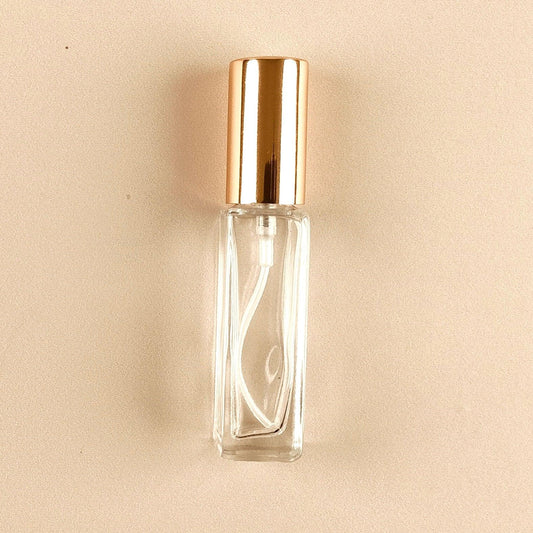
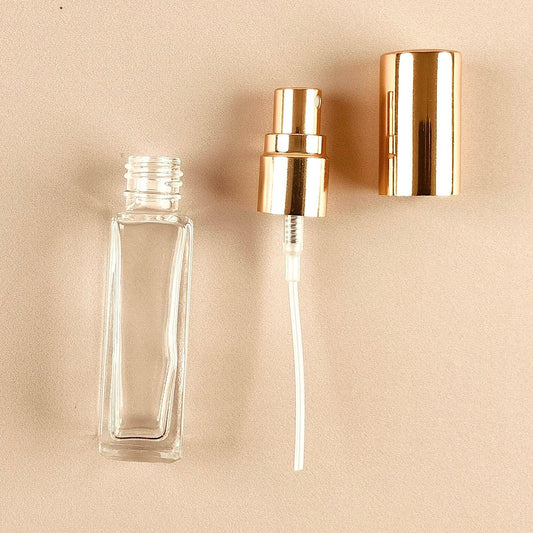
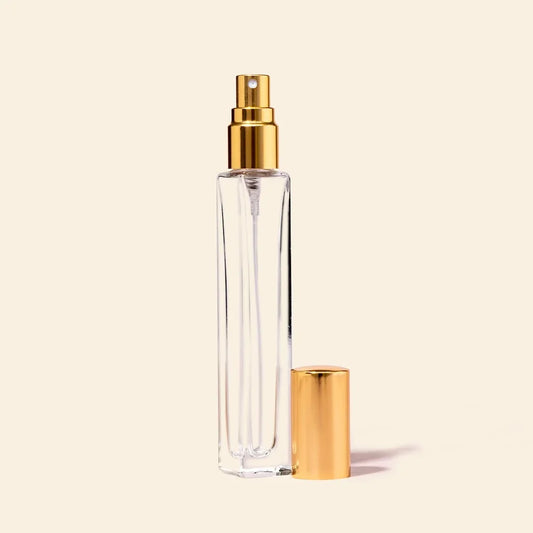
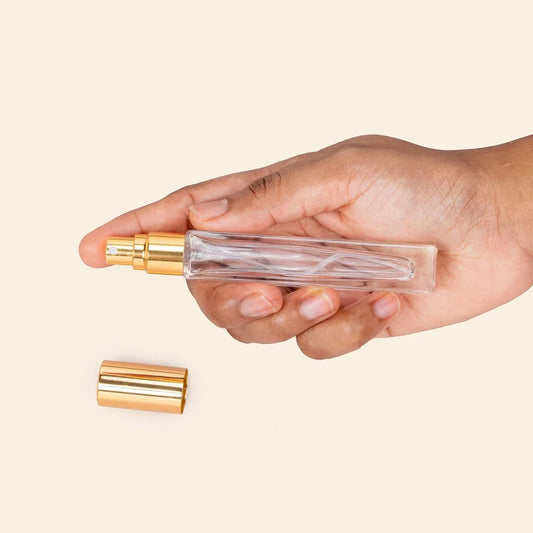
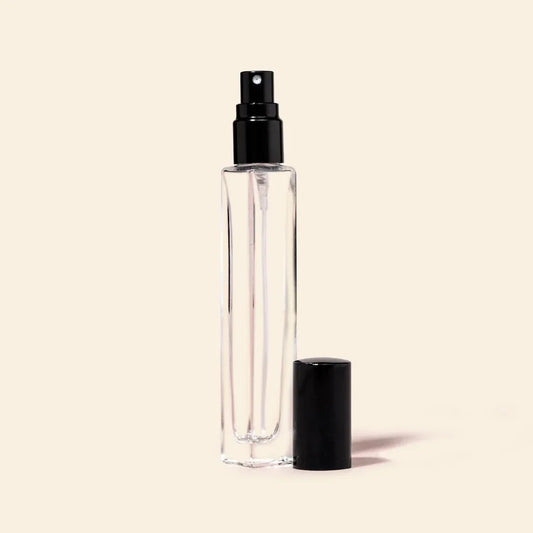
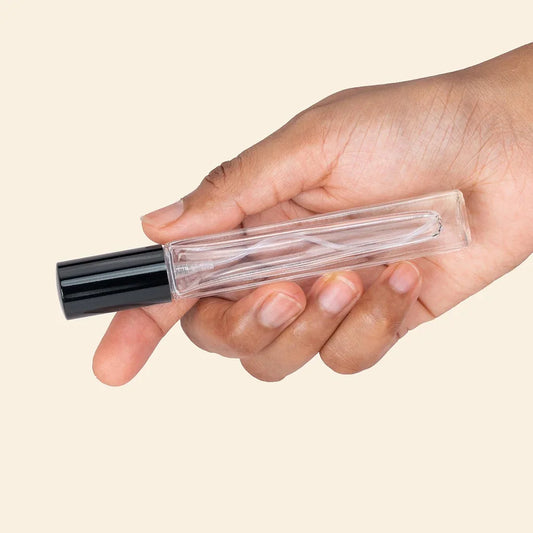
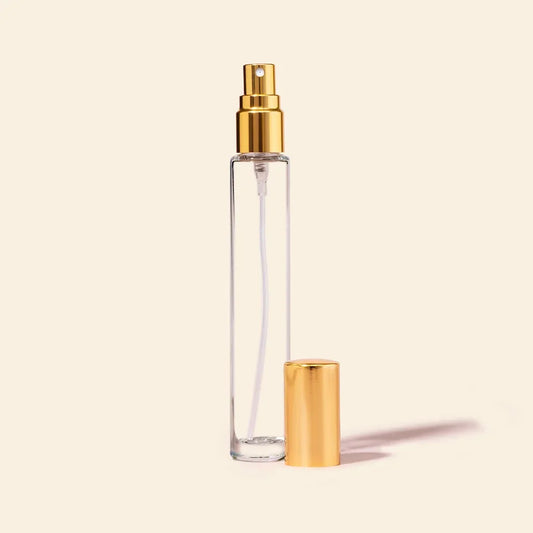
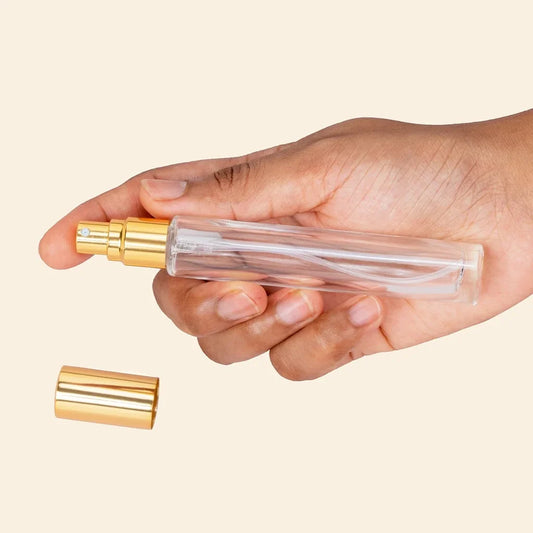
Leave a comment
Please note, comments need to be approved before they are published.